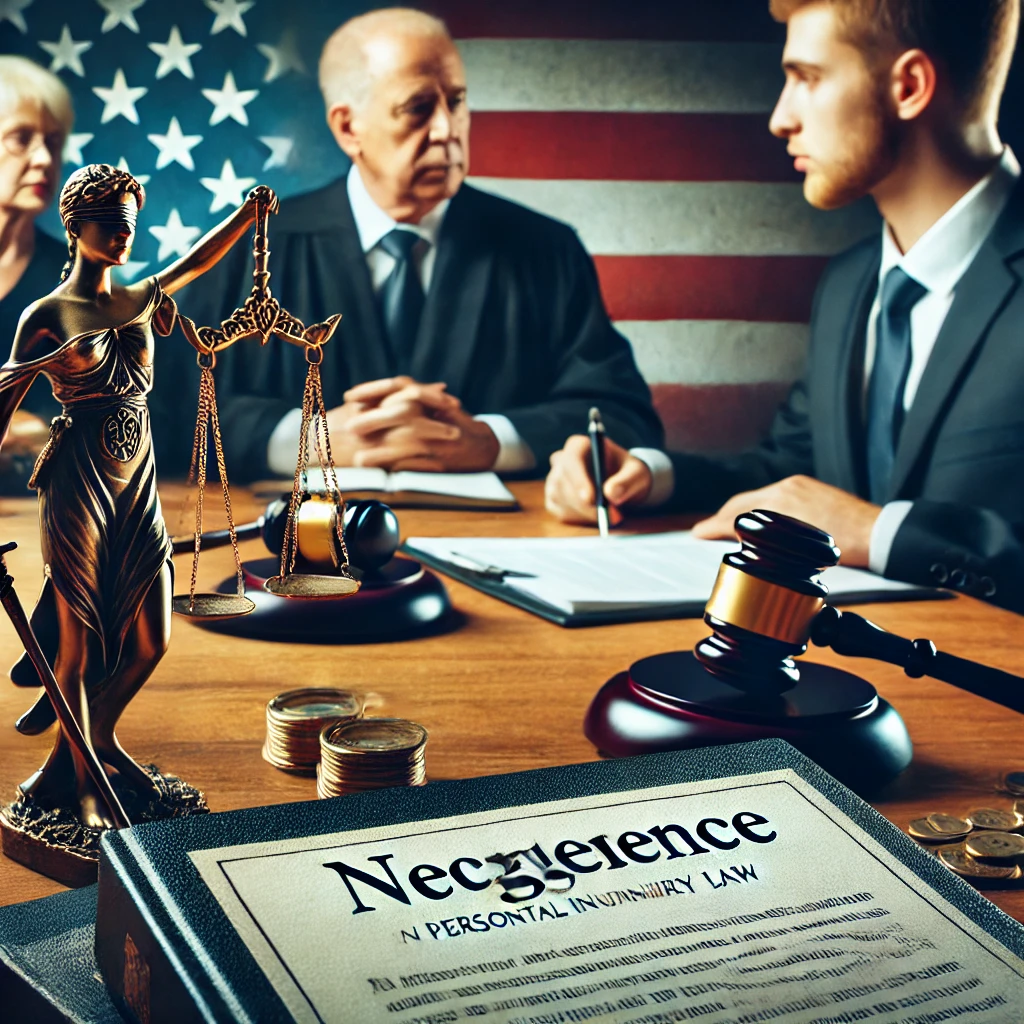Negligence is a fundamental concept in personal injury law, especially in Washington State. It is the basis for determining liability when someone is injured due to another party’s actions or inactions. Understanding how negligence is applied in personal injury cases is crucial for anyone involved in such a legal matter, whether as a plaintiff or defendant.
What is Negligence?
Negligence occurs when a person fails to exercise the level of care that a reasonably prudent person would under similar circumstances. In the context of a personal injury case, this failure results in harm or injury to another individual. To establish negligence in Washington State, the plaintiff must prove four key elements:
- Duty of Care: The defendant owed a legal duty to the plaintiff. This duty is typically to act with reasonable care to avoid causing harm. For example, drivers have a duty to operate their vehicles safely to avoid accidents.
- Breach of Duty: The defendant breached this duty by acting, or failing to act, in a manner that a reasonably prudent person would have under similar circumstances. For instance, if a driver runs a red light, they have breached their duty of care.
- Causation: The plaintiff must show that the defendant’s breach of duty directly caused the injury. This means there must be a clear link between the defendant’s actions and the harm suffered by the plaintiff.
- Damages: The plaintiff must have suffered actual damages as a result of the breach. These damages can be physical, emotional, or financial, such as medical bills, lost wages, or pain and suffering.
Comparative Negligence in Washington State
Washington follows the doctrine of comparative negligence, which means that if the plaintiff is found to be partially at fault for their injury, their compensation will be reduced by their percentage of fault. For example, if a plaintiff is awarded $100,000 in damages but is found to be 20% at fault, they would receive $80,000 instead.
Comparative negligence allows injured parties to recover damages even if they are partially responsible for their injuries, as long as the defendant’s negligence is greater.
Examples of Negligence in Personal Injury Cases
- Car Accidents: If a driver speeds through a stop sign and hits another vehicle, causing injury, the driver’s failure to obey traffic laws is an example of negligence.
- Slip and Fall Accidents: If a property owner fails to fix a broken stairway or clean up a spill, and someone is injured as a result, the owner’s negligence in maintaining a safe environment can be grounds for a personal injury claim.
- Medical Malpractice: If a doctor fails to diagnose a condition that a reasonably competent doctor would have identified, and the patient suffers harm as a result, this could be considered medical negligence.
Seeking Legal Help
Navigating a personal injury case in Washington requires a solid understanding of negligence and how it applies to your specific situation. Proving negligence can be complex, involving thorough investigation, gathering evidence, and sometimes expert testimony.
If you believe you have been injured due to someone else’s negligence, consulting with an experienced personal injury attorney is essential. They can help you build a strong case, negotiate with insurance companies, and advocate for the compensation you deserve.
Additional Resources
For other articles on relevant legal topics, here are some available resources:
- Three Injured in Multi-Vehicle Collision: Negligence May Be a Factor
- This article discusses a multi-vehicle accident resulting in three injuries, where negligence may have played a role. It provides a detailed analysis of the potential legal ramifications and how negligence is determined in such cases.
- Oak Harbor Multi-Vehicle Accident: Negligence & Legal Options
- A deep dive into a tragic multi-vehicle accident near Oak Harbor, this article examines the concept of negligence and the legal options available to the parties involved, highlighting potential compensation and legal processes.
- Regan v. McLachlan: A Legal Analysis – Forfeiture on Bail Bonds
- A comprehensive analysis of the Washington appellate case Regan v. McLachlan, which focuses on the issue of bail bond forfeiture. The article breaks down the court’s reasoning and its implications for future bail bond cases.
- Gregoire v. City of Oak Harbor: A Pivotal Case on Inmate Suicide and Legal Responsibility
- This article explores the Washington Supreme Court case Gregoire v. City of Oak Harbor, dealing with inmate suicide and legal responsibilities. It provides an in-depth look at how the court’s decision has influenced municipal liability and inmate care standards.
- Understanding Washington State RCW 5.40.060: A Legal Perspective
- An explanation of Washington State’s RCW 5.40.060, which pertains to the admissibility of evidence regarding injuries sustained during illegal activities. The article offers a legal perspective on how this statute impacts personal injury and criminal defense cases.
These articles provide insights into key legal issues related to negligence, liability, and statutory interpretation in Washington State.

